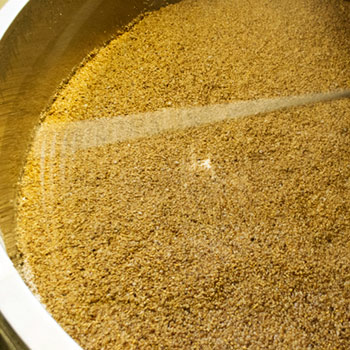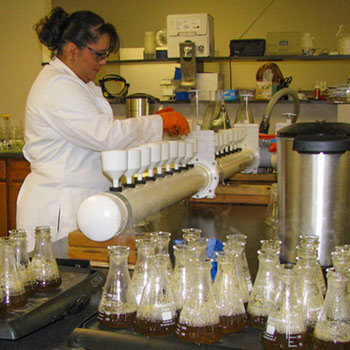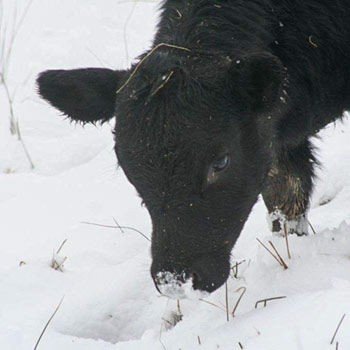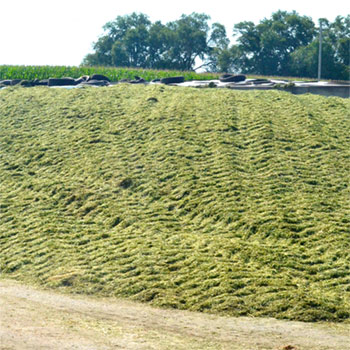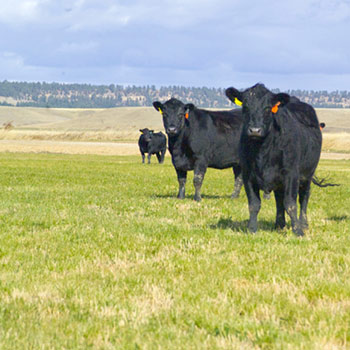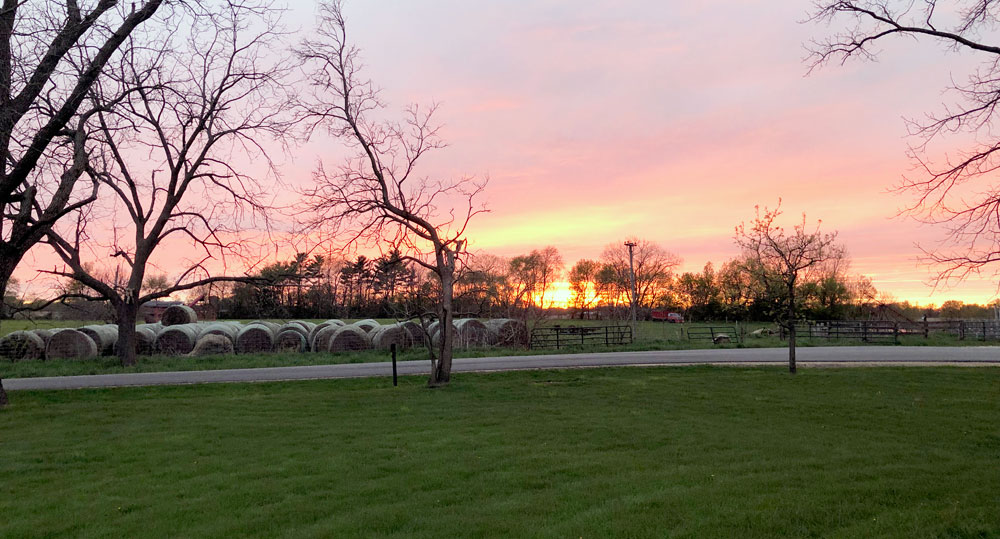
Healing Words
Economist predicts better days ahead.
It’s not news to anyone in cow country. For 2019, cow-calf producer returns over cash costs were down. They may be the worst since 1996, according to Jim Robb, senior economist for the Livestock Marketing Information Center (LMIC), but Robb sees better days ahead.
During the 26th Range Beef Cow Symposium hosted Nov. 18-20 in Mitchell, Neb., Robb addressed an audience composed largely of cattle folk from Nebraska, Colorado, Wyoming and South Dakota. He acknowledged the pain that’s been felt by the cow-calf sector, but advised producers to expect some healing. Calf and feeder-cattle prices should be a little better in 2020 — maybe near 2017 levels. Robb foresees still-better prices in 2021. By then, average returns over cash costs plus pasture rents are expected to be more than $100 per cow. And that is better.
“The cattle inventory is headed downward. Beef production is going down in 2020, beginning in the second half,” stated Robb, claiming there is reasonable potential for profit ahead “if demand holds.”
Robb said sustained demand for beef will be an important factor, but he called the “big picture” of demand very positive. He reminded the audience that demand is not the same thing as consumption or the quantity of beef utilized by consumers. Demand is a function of quantity and price. Robb said per capita consumption of beef is down slightly, but the beef demand profile is very good.
“Consumers might be eating a bit less beef, but they’re paying more for it, and that more than compensates,” added Robb. “Exports of U.S. beef were not as good as expected, but domestic demand held things together.”
 |
“Consumers might be eating a bit less beef, but they’re paying more for it, and that more than compensates,” added Jim Robb, senior economist with LMIC. |
Talking about competitive animal proteins, Robb said U.S. broiler production is “going gangbusters,” and the pork industry has ramped up. He said he expects exports of both to increase, but this increased production of pork and chicken represents a potential headwind for the industry. Increases in total U.S. production of red meat and poultry mean consumers will have to eat more.
“We’d better hope the economy keeps going and consumers don’t trade down (from beef to pork and/or chicken),” said Robb.
Commenting on the sorry cull-cow market, Robb said the reasons that market is a disaster include increased dairy cow slaughter and both drought- and flood-driven liquidation of beef cows. Additionally, there are too few cow-processing plants.
Factors influencing future cattle prices include this year’s smaller calf crop and expectations for a modest crop in 2020. Problems with breed-up have resulted in large numbers of heiferettes in feedyards.
“Things are changing quickly on the supply side,” said Robb. “We’re going into a shortened liquidation phase and beef production is going down. That should be positive for calf prices in the next few years.”
Listen to Robb’s presentation and view his PowerPoint in the Newsroom at www.rangebeefcow.com. Angus MediaSM provides online coverage of the event at www.rangebeefcow.com, courtesy of sponsorship by Leachman Cattle of Colorado.
Editor’s note: Troy Smith is a cattleman and freelance writer from Sargent, Neb. Photo by Holly Marsh, 2019 NJAA/Angus Journal Photo Contest.

